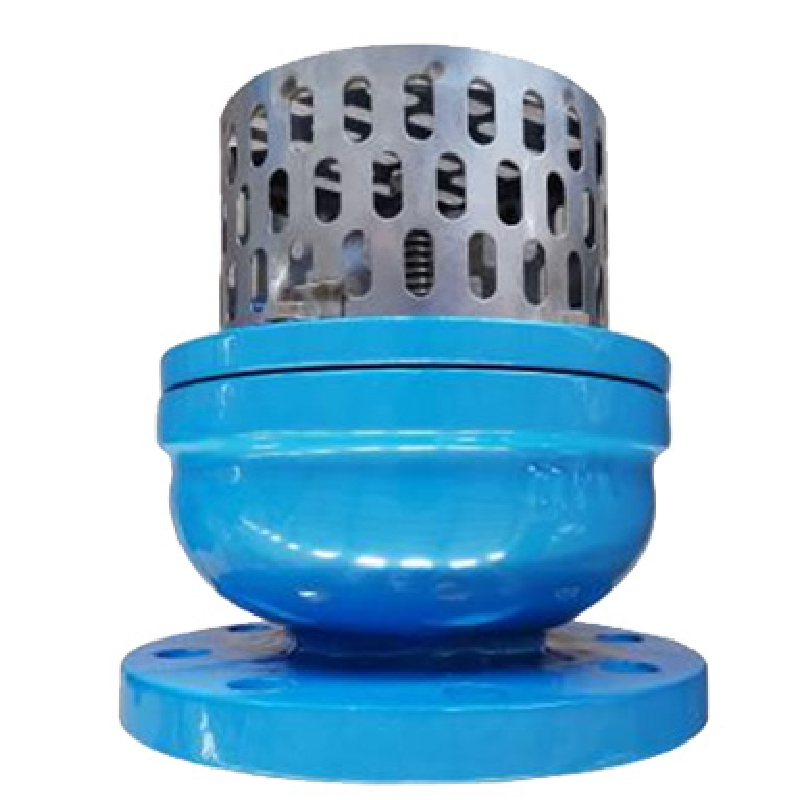ਨਵੰ. . 08, 2024 16:52 Back to list
ductile iron check valve
Understanding Ductile Iron Check Valves A Comprehensive Overview
Ductile iron check valves are essential components in various industrial and municipal applications, serving as critical elements in controlling the flow of fluids within a piping system. By preventing backflow, these valves help maintain system integrity, protect equipment, and ensure operational efficiency. This article explores the key features, advantages, applications, and maintenance considerations of ductile iron check valves.
What are Ductile Iron Check Valves?
Ductile iron check valves, sometimes referred to as swing check valves or non-return valves, are designed to allow fluid flow in one direction while automatically preventing backflow when the fluid's velocity decreases. Made from ductile iron, which is known for its superior mechanical properties, these valves provide strength, durability, and resistance to corrosion, making them ideal for demanding environments.
Advantages of Ductile Iron Check Valves
1. Strength and Durability Ductile iron has significantly higher tensile strength compared to traditional cast iron, facilitating the valve's ability to withstand high pressure and harsh conditions. This durability translates to a longer service life and reduced maintenance costs.
2. Corrosion Resistance The inherent properties of ductile iron, often enhanced with protective coatings or linings, make these check valves resistant to corrosion from various aggressive fluids. This capability is crucial for applications involving water, sewage, chemicals, and other potentially corrosive materials.
3. Cost-Effectiveness While the initial investment in ductile iron check valves may be higher than other materials, their longevity and reduced maintenance needs ultimately lead to savings over time. Their reliability minimizes the need for frequent replacements and repairs.
4. Versatility Ductile iron check valves are used in numerous applications, from wastewater treatment plants and municipal water systems to industrial processing facilities and HVAC systems. Their adaptability to different environments and fluid types makes them a preferred choice across various sectors.
5. Enhanced Flow Characteristics These valves are designed to minimize pressure loss across the valve, ensuring efficient fluid flow. Their design allows for smooth operation without significant turbulence, which is particularly important in systems requiring precise fluid management.
Applications of Ductile Iron Check Valves
Ductile iron check valves are utilized in a wide range of applications, including
ductile iron check valve

- Water and Wastewater Treatment In these systems, check valves are critical for preventing backflow and protecting pumps from damage. - Fire Protection Systems They help maintain the correct flow of water in fire suppression systems, ensuring that the necessary pressure and volume are available without backflow complications.
- Chemical Processing In industries involving aggressive chemicals, these valves safeguard against backflow that could compromise safety and operational integrity.
- Mining and Construction Check valves are extensively used in applications involving slurry transport, where the ability to prevent backflow is crucial for both efficiency and safety
.Maintenance Considerations
Routine maintenance of ductile iron check valves is essential to ensure long-term performance. Consider the following practices
1. Regular Inspection Periodically check for leaks, corrosion, or any signs of wear. Inspect the valve seating and seals, as damaged components can lead to leakage and impaired functionality.
2. Cleaning Depending on the application, it may be necessary to clean the valve to remove buildup of sediment or other debris that could hinder flow and performance.
3. Operational Testing Conduct tests to ensure that the valve closes properly and that there are no signs of backflow during operation.
4. Replacement of Worn Parts Identify and replace any components that show signs of wear or damage to ensure the valve functions optimally.
Conclusion
Ductile iron check valves play an indispensable role in numerous fluid handling systems. Their robust construction, corrosion resistance, and versatility make them a valuable asset in various applications. By understanding their features and engaging in proper maintenance, organizations can ensure optimal performance and reliability of their hydraulic systems while extending the life of critical components. In the ever-evolving landscape of industrial applications, ductile iron check valves will continue to be a cornerstone for achieving efficient and safe fluid management.
Share
-
Reliable Wafer Type Butterfly Valves for Every IndustryNewsJul.25,2025
-
Reliable Flow Control Begins with the Right Ball Check ValveNewsJul.25,2025
-
Precision Flow Control Starts with Quality ValvesNewsJul.25,2025
-
Industrial Flow Control ReliabilityNewsJul.25,2025
-
Engineered for Efficiency Gate Valves That Power Industrial PerformanceNewsJul.25,2025
-
Empowering Infrastructure Through Quality ManufacturingNewsJul.25,2025